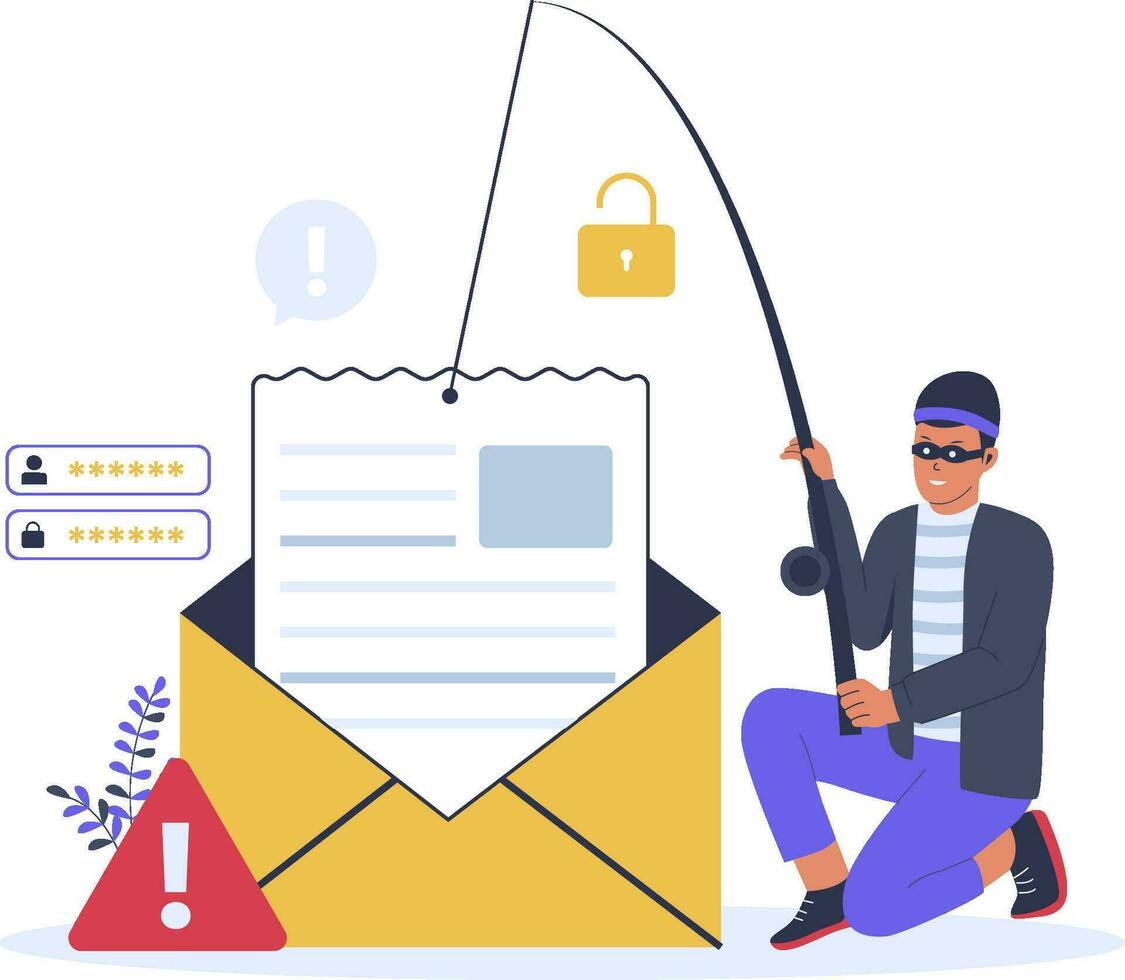
How to Spot a Phishing URL in 5 Easy Steps
2025‑08‑01
Phishing URLs are one of the most common tactics used by cybercriminals to steal personal information, credentials, or install malware on your device. A phishing URL might look harmless at first, but a closer inspection can reveal dangerous intent. Here are 5 essential steps to help you identify phishing URLs before they cause harm.
- Hover & inspect the link: Before clicking any link, hover over it with your mouse. Phishing URLs often hide behind legitimate-looking text, but by hovering, you can see the full URL. Watch out for misspellings or suspicious domains, such as
micros0ft.comorpaypal-scam.com. These minor changes are designed to deceive you. - Check SSL: A secure website should use
https://instead ofhttp://. While this is a good first step, don’t rely on it alone. Cybercriminals can purchase SSL certificates for fraudulent websites, making them appear legitimate. Look for additional signs like site trust indicators or website legit check tools to further assess the security. - Expand shortened links: Phishers often use link-shortening services like
bit.lyto hide the real destination. Use services likeunshorten.itto reveal the full URL and verify if it’s safe or part of a scam. Always expand shortened links before clicking on them. - Check domain age: Phishing websites often use newly registered domains to avoid detection. Perform a WHOIS lookup to check the age of the domain. If the website is less than a week old, it could be a red flag. Scammers often register domains quickly and use them for short-term fraudulent activities.
- Use ScamCheck: ScamCheck is an AI-powered scam checker that analyzes URLs in seconds. Paste a suspicious URL into ScamCheck and receive a risk score, plus a detailed analysis of potential threats. ScamCheck combines AI technology with Google Safe Browsing to help you detect phishing sites, fraud schemes like paypal fraud emails, and other scam activities like scam calls or scam texts.
🔗 Quick test: Want to try it out? Go to the ScamCheck homepage and test if a URL is legit.